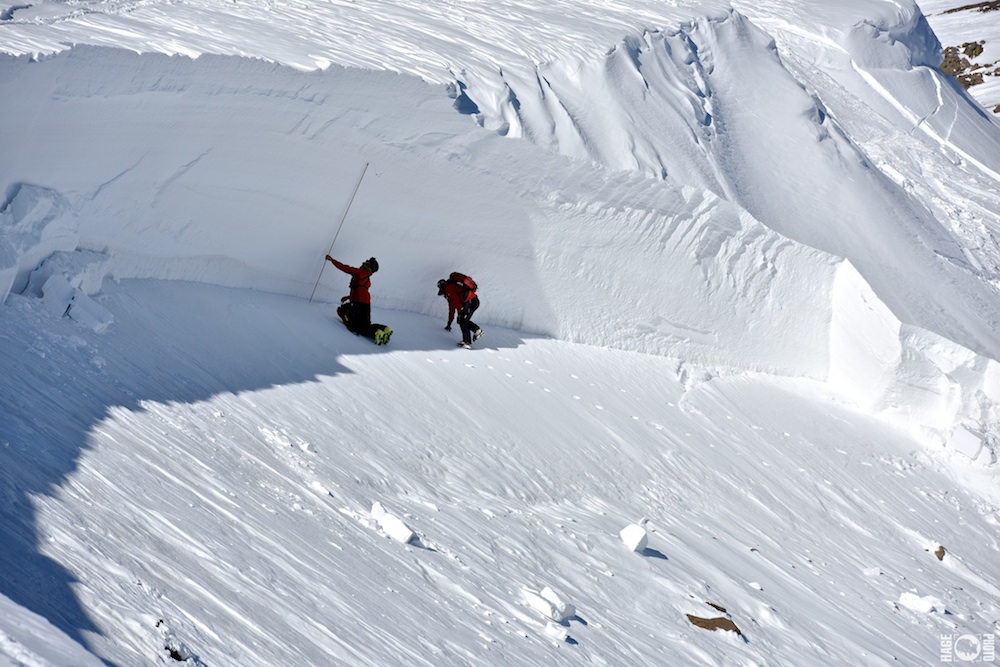AVALANCHE LEVEL 2 (TAHOE/TRUCKEE)

Dec 17-19, 2024 (Tu-Th)
Jan 24-26, 2025 (Sat–Mon)
Price: $695, to book please email jennyNASTC@gmail.com or text 530-386-2102
Add the 1-day RESCUE COURSE on Jan 11, 2025 (Sat of MLK), or Jan 23, 2025 (day prior to L2 course so 4 consecutive days)
L2 + Rescue = reduced price of $895 total (4 consecutive days)
Location: Donner Summit, CA
Pay via VENMO @jenny-fellows-3 or via Paypal link below:
The AIARE 2 course is a 3-day program that provides avid backcountry skiers and riders the opportunity to advance their avalanche knowledge and decision making skills. Led by the top instructors in the field, this is an advanced avalanche safety course for the general public. The focus is on analyzing snow stability and avalanche hazard. The AIARE 2 builds from the introductory avalanche hazard management model introduced in the AIARE 1 and adds to it the evaluation factors critical to stability evaluation. Students will describe and discuss weather, snowpack and avalanche processes, and identify how these processes relate to observations and travel within avalanche terrain.
Learning Outcomes:
1. Advance understanding of avalanche terrain, particularly from the perspective of stability analysis.
2. Discuss how the snowpack develops and metamorphoses over time; and discuss the factors that contribute to spatial variability.
3. Learn standard observation guidelines and recording formats for factors that influence or indicate snow stability. SWAG MODULE.
4. Advance understanding of avalanche release and triggering mechanisms.
5. Introduce a snow stability analysis and forecasting framework. The students will dig a snow pit and study the snow pit profile.
6. Improve companion rescue skills including multiple and deep burials.
Required reading:
Snow, Weather and Avalanches: Observational Guidelines for Avalanche Programs in the United States, (American Avalanche Association, ISBN-13: 978-0-9760118-1-1) commonly referred to as the “SWAG.” It can be purchased from
http://www.americanavalancheassociation.org/swag/
The text may also be available through amazon.com or local retailers.
Also recommended is The Avalanche Handbook (3rd edition, McClung and Schaerer)
Optional reading before the course:
Snow Sense by Jill Fredston and Doug Fesler
Staying Alive in Avalanche Terrain by Bruce Tremper
Avalanche Aware by John Moynier
Equipment Suggestions: Alpine touring gear, telemark gear, splitboard, or snowshoes, backpack, avalanche beacon, shovel and probe – see the equipment/packing list below for a complete list.
This course is 100% off piste with a short meet & greet via Zoom the week prior.
Sample Daily Schedule:
8:00am – Meet outside for beginning of course
12:00pm – Lunch break
1:00pm – Head outside for the on-hill practical portion
4:00pm – End of training day
PACKING LIST:
Climbing skins
Randonnee (AT) or Telemark boots, or snowboard boots
Probe with cm ruling
Adjustable ski poles (if no probe ski poles)
Alpine Touring set-up or Telemark skis orsplit board
Avalanche beacon
Pack (2500-3000 cubic inches)
Snow shovel
Complete snow study kit incl 2 m folding rule, grain card and loupe, 2 C thermometers, 2 m length of knotted cord/rope, compass, slope meter, writing tools.
GPS recommended not mandatory
Snow density kit
Altimeter watch
Printed copy of the SWAG (Snow, Weather, and Avalanches: Observational Guidelines for Avalanche Programs in the United States). Published by the American Avalanche Association.
Water bottle
Small first aid kit (moleskin, bandaids, aspirin, personal meds.)
Lunches
Note book & pen for note-taking and pencil for filling in observations in logbook
Ski/Snowboard clothing
Light touring gloves (heavy liners etc.)
Warm gloves (waterproof)
Warm hat, baseball cap, headband, face mask, and neck warmer
Goggles and sunglasses (2 pair goggles if you have them)
Though it is acceptable to plot your snow profile data by hand, we strongly recommend using SnowPilot (snowpilot.org) or Avanet (avatech.com) snow profile plotting software. SnowPilot is free; Avanet requires a paid subscription.
If you have any old or current field books in which you’ve recorded avalanche, snowpack, or weather data please bring them to our first meeting.

